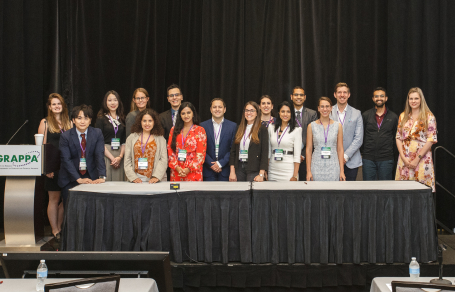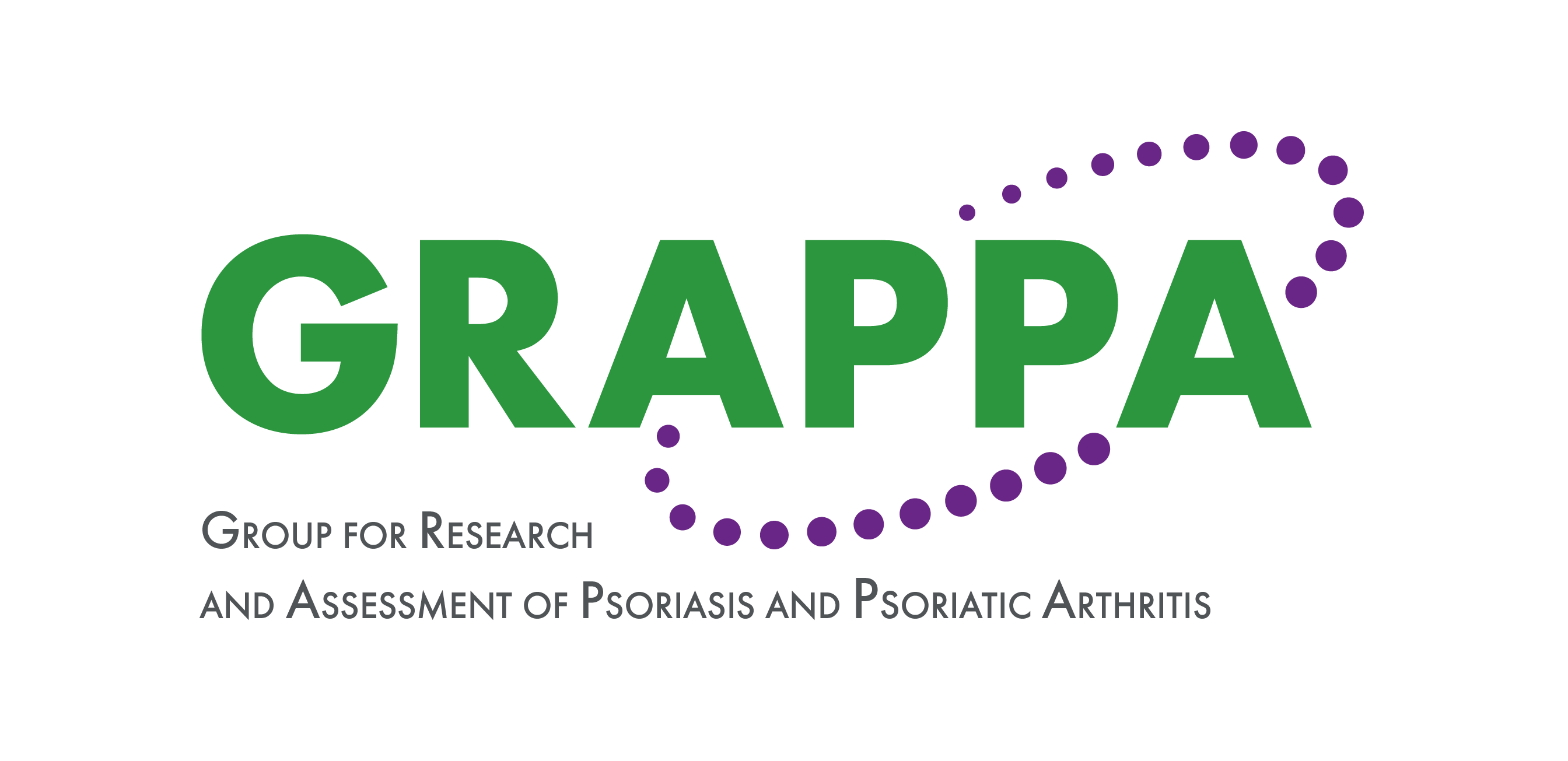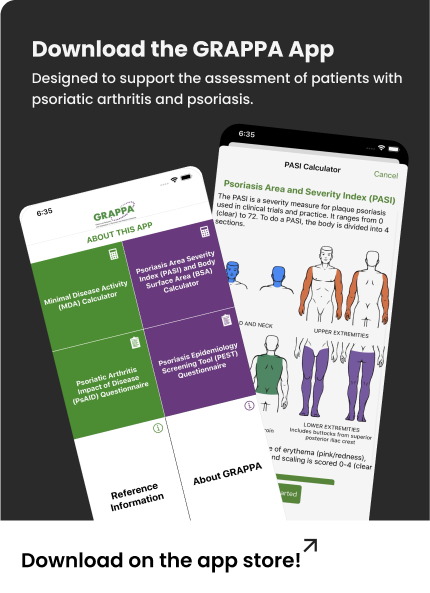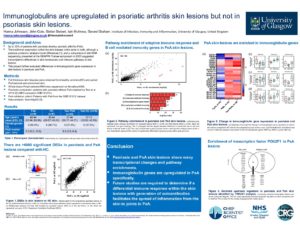Immunoglobulins are upregulated in psoriatic arthritis skin lesions but not in psoriasis skin lesions.
Abstract Process
Aenean lacinia dui sed nisl porttitor, sed sodales quam euismod. Fusce et sem quam. Sed in sem quis est hendrerit vestibulum sed at risus. Ut volutpat ornare nulla, vitae ullamcorper sapien imperdiet non. Quisque tristique enim vel purus faucibus fringilla. Ut pellentesque arcu vel rhoncus convallis. Mauris tincidunt elementum dictum. Nunc luctus tortor mattis vestibulum lobortis. Praesent egestas, magna nec viverra feugiat, elit nisl dignissim nulla, non aliquam nisi sem vitae ipsum. In est magna, congue a ipsum sit amet, pulvinar sagittis augue. Nullam et purus egestas, vestibulum dolor eu, dignissim enim. Fusce pretium auctor urna, id volutpat erat tempor vitae. Ut et pharetra arcu, ornare sollicitudin ligula. Pellentesque vel facilisis risus. Mauris vestibulum tortor in quam hendrerit posuere. Ut viverra nibh neque, malesuada gravida orci semper et.
Duis sed purus in lacus pretium commodo. Mauris blandit mattis urna, id malesuada felis efficitur at. Cras tincidunt in urna id aliquet. Nunc ac imperdiet ex. Integer eget dictum enim. Nullam lobortis ut mauris at porttitor. Curabitur iaculis malesuada auctor.

Background
Up to 30% of patients with psoriasis develop psoriatic arthritis (PsA). A previous proteomic analysis challenged the assumption that the skin disease is the same in both conditions [1]. Moreover, a comparison of skin RNA sequencing presented at the GRAPPA Trainee symposium in 2020 suggested transcriptomic differences in skin homeostatic and immune pathways. This project further evaluated differences in immunoglobulin gene expression.
Methods
RNA sequencing data from full thickness skin biopsies from healthy controls (HC) and paired lesional and uninvolved skin samples from patients with PsA were analysed using the pipeline Searchlight2. The findings were compared to the analysis of published skin sequencing data from patients with psoriasis without PsA compared to HC (GSE121212). Data from participants with PsA in the GSE121212 dataset were analysed separately as a validation cohort.
Results
HC and paired uninvolved and lesional skin biopsies were included from 9 participants in the main PsA study and from 16 participants in the psoriasis study. There were 4 participants in the PsA validation cohort. Although most transcriptomic changes in psoriasis and PsA lesional skin were shared, immunoglobulin genes were upregulated in PsA lesions specifically. All sequenced immunoglobulin genes were significantly upregulated in PsA lesions apart from the IgM heavy constant chain which was unchanged, and the IgE heavy constant chain which was downregulated. The latter was also downregulated in psoriasis lesions. Only the IgG heavy constant IGHG4 was significantly upregulated in psoriasis lesions. A generalised upregulation of immunoglobulin genes was observed in lesional skin in the PsA validation cohort also. Moreover, the transcription factor POU2F1, which regulates immunoglobulin gene expression, was enriched in PsA lesions but not in psoriasis lesions.
Conclusion
These data suggest involvement of immunoglobulin genes in the skin disease in PsA but not in patients with psoriasis without arthritis. Others have identified autoantibodies to skin antigens in PsA serum and synovial fluid [2, 3], and the findings of this study further suggests a role of the B cell compartment in PsA. Future studies are required to determine if a differential immune response within the skin lesions with generation of autoantibodies leads to the spread of inflammation from the skin to joints in PsA.
- Cretu, D., et al., Clin Proteomics, 2015.12(1):1.
- Yuan, Y., et al., Arthritis Rheumatol, 2019.71(6):941-951.
- Frasca, L., et al., Front Immunol, 2018.9:1936.


